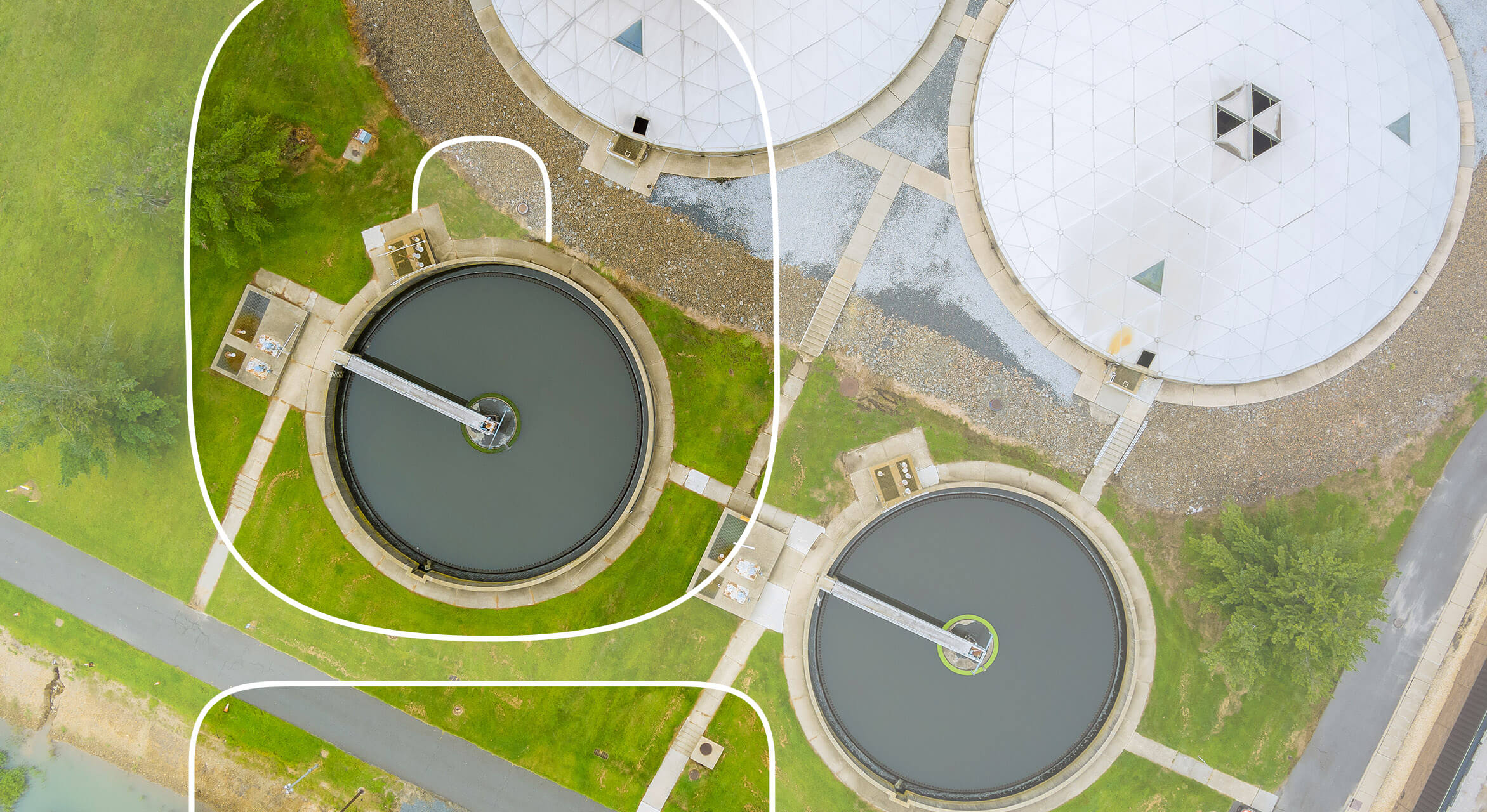Trustworthy Wastewater Solutions for Sustainable Living and Industry
Trustworthy Wastewater Solutions for Sustainable Living and Industry
Blog Article
Understanding Wastewater Treatment Processes and Their Environmental Influence
The details of wastewater therapy procedures play a crucial function in mitigating ecological challenges connected with water contamination. Each phase, from initial to sophisticated therapies, is made to resolve certain contaminants, ultimately securing both public health and marine communities.
Introduction of Wastewater Treatment
Just how is wastewater changed into a risk-free source for the environment? Wastewater therapy is an important process created to eliminate pollutants from utilized water, consequently safeguarding public wellness and protecting ecosystems. This procedure begins with the collection of wastewater from residential, industrial, and industrial resources, which is after that directed to therapy centers.
At these facilities, various physical, chemical, and biological methods are used to deal with the wastewater. First testing removes huge particles, complied with by sedimentation to separate much heavier solids. Consequently, biological therapies, such as triggered sludge procedures, use microbes to damage down raw material. These techniques not only reduce contaminant degrees however additionally help with the recuperation of important nutrients.
The treated effluent can be safely released right into natural water bodies or recycled for watering and commercial purposes, advertising source preservation. Furthermore, the treatment process produces biosolids, which can be repurposed as plant foods or soil changes, further improving sustainability.
Phases of Therapy Processes
The wastewater therapy procedure typically includes 3 main phases: preliminary, main, and additional treatment. Each stage offers a distinct duty in reducing the toxin lots and ensuring the effluent meets environmental requirements before discharge.

The main treatment stage concentrates on the physical splitting up of put on hold solids from the wastewater. Through sedimentation, larger fragments settle at the base of sedimentation tanks, developing sludge, while lighter products, such as oils and greases, float to the surface area and are skimmed off. This process substantially lowers the natural and inorganic load in the wastewater.
Additional treatment is a biological process intended at more minimizing the focus of organic matter. This stage is crucial for achieving the essential biochemical oxygen demand (BOD) decrease, eventually leading to cleaner effluent all set for discharge or additional treatment.
Advanced Therapy Technologies
Complying with the secondary treatment processes, advanced treatment modern technologies play an essential duty in further improving the top quality of treated wastewater. These technologies are developed to get rid of recurring impurities that are not efficiently gotten rid of throughout primary and additional therapies, making sure the effluent fulfills strict governing requirements.
Among the widely utilized advanced therapy techniques are membrane filtering, reverse osmosis, and advanced oxidation procedures. Membrane purification, including microfiltration and ultrafiltration, works in dividing fine particles, pathogens, and colloids from the water (Wastewater). Reverse osmosis utilizes semi-permeable membrane layers to eliminate dissolved solids, causing high-grade water appropriate for different applications
Advanced oxidation processes (AOPs) use strong oxidants to weaken organic pollutants, including drugs and individual care products that are resistant to traditional therapy. These techniques boost the biodegradability of complicated compounds, facilitating their removal.
An additional significant innovation is the usage of biological nutrient removal procedures, which especially target nitrogen and phosphorus, avoiding eutrophication in obtaining water bodies. On the whole, innovative therapy modern technologies are essential for achieving higher levels of purification, Your Domain Name advertising water reuse, and securing public health while dealing with the challenges connected with wastewater monitoring.
Ecological Benefits of Treatment
Numerous ecological advantages develop from reliable wastewater treatment procedures that add to ecosystem health and sustainability. Largely, these processes significantly decrease the launch of hazardous contaminants right into all-natural water bodies, which helps preserve water ecosystems. By eliminating impurities such as hefty steels, nutrients, and virus, treated wastewater reduces the danger of waterborne illness and promotes biodiversity in marine settings.
Furthermore, wastewater therapy centers usually use sophisticated innovations that allow water recycling and reuse. This practice not just conserves fresh water resources but additionally lowers the need on all-natural water products. Boosted nutrient removal from wastewater can also prevent eutrophication, a procedure that brings about algal flowers and subsequent oxygen exhaustion in water systems.
In addition, effective treatment processes can minimize greenhouse gas exhausts, especially methane and nitrous oxide, which are frequently launched throughout without treatment wastewater decay. By capturing and utilizing biogas from anaerobic digesters, centers can convert waste into eco-friendly power, thereby adding to a decrease in nonrenewable fuel source reliance.
Challenges and Future Trends
While the environmental benefits of wastewater treatment are clear, numerous challenges persist that hinder ideal results in this field. One major issue is maturing facilities, which frequently results in inadequacies and increased functional expenses - Wastewater. Many therapy plants were developed decades ago, and their capabilities do not straighten with modern-day demands, which consist of stricter regulatory standards and greater volumes of wastewater due to urbanization

Looking in advance, there is an expanding emphasis on source recuperation and round economic climate principles within wastewater treatment. Advancements such as anaerobic digestion, which can produce biogas, and progressed filtration innovations are gaining traction. These techniques not just boost therapy performance yet likewise promote sustainability.
Inevitably, dealing with these difficulties needs partnership amongst stakeholders, financial investment in technology, and a dedication to ongoing research. By welcoming these patterns, the wastewater treatment field can advance to meet the demands of a changing atmosphere and visite site culture.
Conclusion
In final thought, wastewater therapy procedures play an important duty in enhancing environmental quality and public wellness. The multi-stage therapy structure, coupled with advanced technologies, efficiently mitigates air pollution and check advertises sustainable water administration.
Report this page